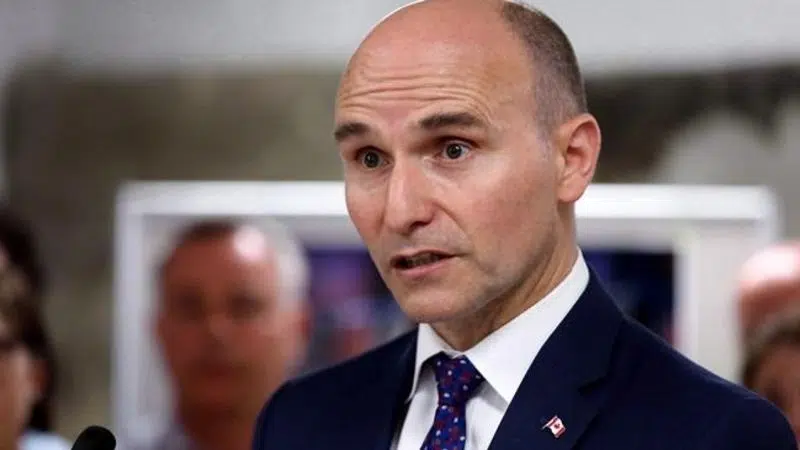
As child benefits climb, feds look to get payments in to families missing out
OTTAWA — A planned increase in the value of the Canada Child Benefit will miss just over one-fifth of Indigenous families living on reserves, part of the five per cent of families nationwide who don’t receive the monthly payments.
Federal officials plan to visit more than 500 rural and remote Indigenous communities over the next 11 months to get more people to take advantage of the benefit by simply filing their taxes.
The value of the tax-free benefit is based on income plucked from annual tax returns that were due last month.



